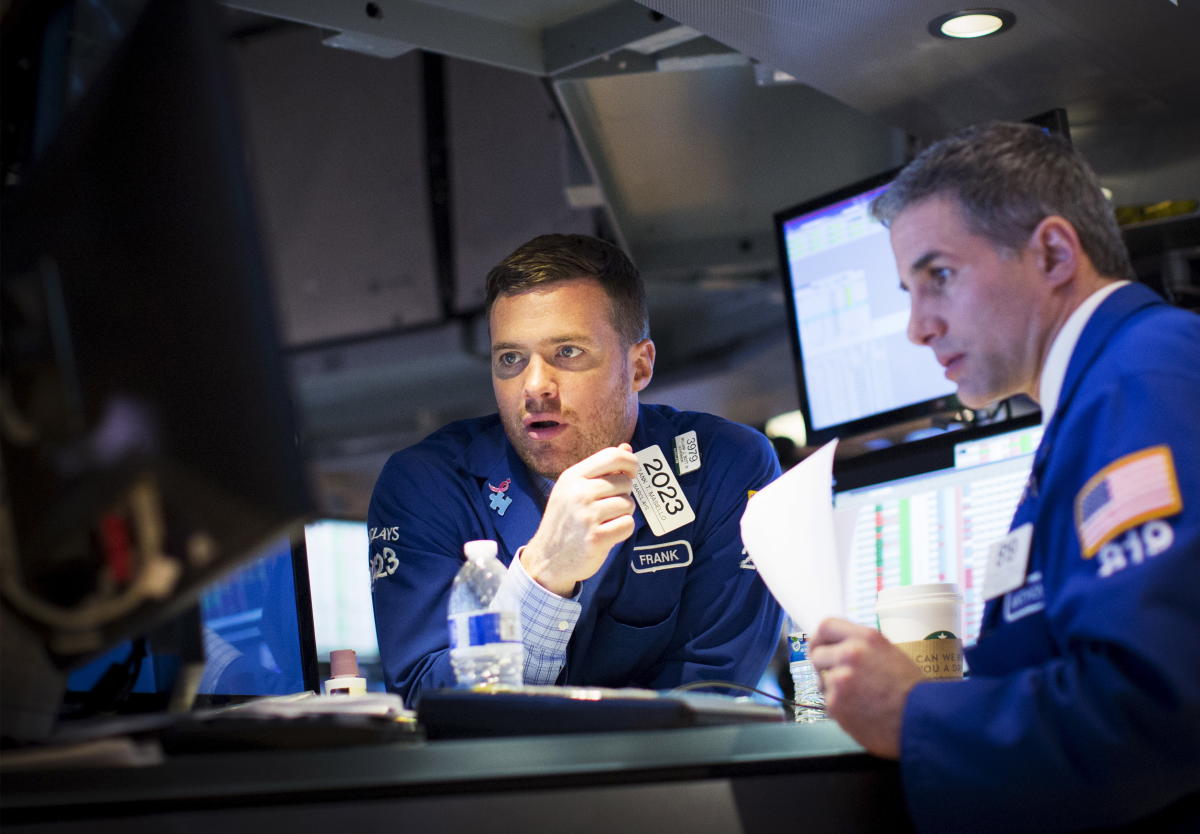In an unassuming office building in central Buenos Aires — behind a half-metre-thick door, metal detectors, and a series of facial, fingerprint and iris recognition systems — sit thousands of safety deposit boxes holding important documents, jewellery and, most of all, US dollars.
Ingot, which has five branches in Argentina, is one of a dozen private safety deposit box companies that have blossomed in the country over the past 10 years.
“Banks have cut back on branches because of their digital transition . . . but we knew that demand for physical storage would remain strong,” says Juan Piantoni, Ingot founder and chief executive.
Argentines hold an estimated $277bn outside of their financial system, according to official estimates for 2024, equivalent to almost half of the country’s annual economic output. The sum has more than tripled in two decades as sky-high chronic inflation, strict currency controls, and abrupt tax and bank policy changes heightened distrust of both Argentina’s peso and its governments.
Commonly referred to in Argentina as “the dollars under the mattress”, the money stashed away represents 10 per cent of all the physical dollars in circulation worldwide, according to a 2021 estimate by a then-central bank chief.
Pesos are traded for the US currency in a thriving black market, and significant purchases — such as homes — are paid for in stacks of bills.
Piantoni estimates that 80 per cent of clients use their boxes for cash, though he says most store other objects too. Salespeople describe the different box sizes in terms of how many $100 bills they can fit inside.

Billions of dollars are also stored in overseas accounts, mostly in the US, Uruguay and Switzerland. Argentina’s tax authority does not share estimates on how many of the stashed dollars are undeclared.
But this penchant for keeping savings outside of local banks is a drag on Argentina’s development, economists say, as it chokes banks’ ability to offer credit to businesses and individuals.
President Javier Milei, who ran on a controversial campaign pledge to fully dollarise Argentina’s economy, has, for now, replaced that proposal with a “currency competition” scheme, in which pesos and dollars would both circulate freely.
In an attempt to accelerate that scheme and boost economic activity, his government is running a tax amnesty, with incentives for those who bring money back into the financial system. Deposits in private dollar-denominated accounts in Argentina have swelled by more than $13bn to over $30bn since the scheme began in mid-July, though they have begun to dip since October 1 — the date from which savers may withdraw cash dollars declared under the amnesty.
However, tax relief alone will not bring Argentines’ hoarded cash back into the system, experts say.
“Tax is just one part of a very complicated problem,” says Diego Fraga, a financial adviser and tax law professor at Austral University in Buenos Aires. “Argentina has punished savers and investors so thoroughly that people treat hiding their cash as a matter of survival.”
Argentines’ aversion to their financial system has deep roots. Chronic inflation, with the rate hitting peaks of almost 5,000 per cent in the 1980s and 289 per cent this April, has constantly eroded the value of the peso. It has lost more than 99 per cent of its value over the past decade alone. Governments and banks have failed to create long-term saving instruments in pesos that yield interest above inflation.
The banking sector’s image has further suffered from several episodes in which the government abruptly restricted access to savings — including during the economic collapse of 2001, when cash withdrawals were limited to $250 a week to prevent a bank run.
Financial advisers say, however, that the motivation to exit the system has grown over the past 20 years. Rapid tax increases have made the problem of evasion worse, with 47.6 per cent of workers now employed off the books. Strict currency controls to prop up the peso also limited how many dollars residents can buy legally.

“The government thought that all of these restrictions would force people to use the peso, but Argentines will always look for another solution,” says Pablo Castagna, director of wealth management at Balanz Capital in Buenos Aires. “That solution forces you to exit the system and build up wealth outside of it.”
The controls, in place since 2011, except for 2015-19, have fuelled a black market for the peso, where Argentines convert extra earnings into dollars at a higher exchange rate. Illegal money changers operate in covert offices or via delivery services and offer better rates for new $100 bills, with older notes and smaller denominations trading at a discount.
Those with fewer savings tend to keep their dollars at home, while those with more opt for safety deposit boxes. Others keep their money overseas: a small cadre of well-educated Argentines has taken advantage of the shift to remote work and opportunities with international tech start-ups to earn in dollars overseas, or have their salaries paid directly into crypto wallets.
Cryptocurrencies have thrived amid Argentina’s latest crisis. In 2021, Lemon, a homegrown crypto wallet company, began offering prepaid debit cards, allowing users to make everyday purchases directly from their crypto wallets, avoiding the peso.
In the year to June 2024, during which the peso shed half of its value against the dollar on the black market, centralised crypto exchanges in Argentina overtook those in much larger Brazil, recording Latin America’s largest raw transaction volume, with $91.1bn worth received, according to block chain data platform Chainalysis.
Keeping dollars outside of the system does not necessarily mean evading tax. Many citizens list their cash holdings and foreign accounts in tax declarations.
But it does make it much easier to skirt them, said one businessman on the sidelines of a recent conference. “I just take the dollars out of my safe deposit box for a week at Christmas when my annual declaration is recorded and deposit them at the bank,” where they are exempt from Argentina’s annual tax on personal wealth of up to 1.5 per cent. “Then I put them back in the new year.” Financial advisers say the tactic is common.
While mostly saved, dollars also circulate between Argentines outside of the system. Meeting rooms at safety deposit box companies are used to exchange dollars in cash for house purchases — with sale prices sometimes declared below the amount exchanged, industry sources say.
“We pushed a few hundred thousand dollars across the table, and the seller picked it up,” recalls one European expat who bought a house in Argentina. “It was like being in a mafia film.”
Bringing Argentines’ savings back into the financial system will be tough, says Martín Rapetti, director of local consultancy Equilibra. He says Argentines will not deposit dollars en masse unless the government can provide liquidity in dollars when there is a financial panic — something that is impossible for a central bank to do when it can’t print dollars and has very few reserves.
The alternative road, where Argentines convert their dollars and start saving in pesos, is a long one.
“Argentines learn from [a very young age] that you always lose out when you save in pesos,” Rapetti says. “To unlearn that lesson it would take a very long period of time [with] saving in pesos being profitable and low risk.”









































































































































































You must be logged in to post a comment Login